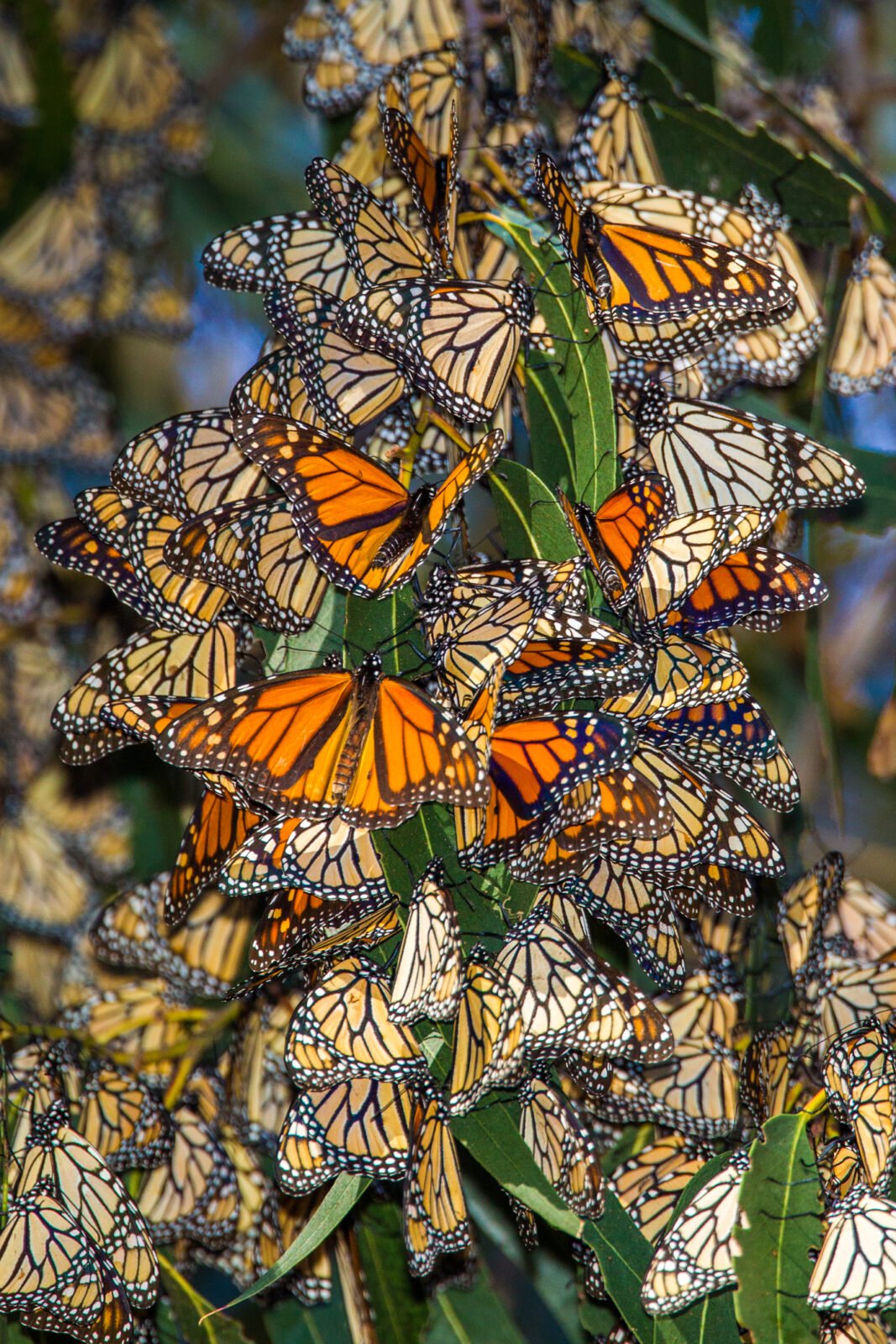
Native News Recap: 2022
Here’s a native news recap looking back at some of the biggest native plant news stories of the...

Container gardening with native plants is much easier to put together than a full sized garden. If you are new to gardening or have limited space, native plants in pots are a gateway to sustainable gardening on a larger scale. Placed alone or in groups, containers are versatile little packages that can be moved around at will and are easy to take care of. The color palette of natives is more subdued, like nature, and you will find that you will appreciate the foliage more than the flowers of many of these plants. Gardening for wildlife and designing landscapes that mimic nature are being embraced by gardeners and design professionals everywhere, and you can do this on a budget with little time invested in creating a container. One caution: never dig up plants from the wild. Grow them from seed or buy plants from a reputable nursery.
My first requirement for a beautiful native container is a large, expansive (at least 15-17” deep and 19-20” wide) container. Large, because you want to give your plants a good soil run, and they require less frequent watering. Less crowded plants also will display better.
Start simple with one to three plants and use a tall plant (a THRILLER), a plant that fills the pot (a FILLER), and then a plant that spills out over the edge (a SPILLER). Using this simple recipe, you can have an attractive and pollinator friendly container in no time.

Make sure your container has large drainage holes as often the drainage holes get clogged up with roots over time. This happens when you have plants in containers for several years. I often drill additional drainage holes in the container (if it is recycled plastic) or make the existing ones larger. In a pinch, you can use a threaded rod and puncture your root mass from the bottom up. I only do this when I don’t want to disturb the existing plants, but I can see that it isn’t draining properly.
Once your container is established, keep the dead foliage picked clean, but I leave the flowers on to produce seed for the birds, so don’t deadhead (remove spent flowers).

I usually include some kind of grass in a native container, as the silhouette of grasses are so different from other perennials and gives the pot textural interest. Mostly low maintenance, grasses are often overlooked as a great native plant choice. There are many native grasses to pick from: Blue-Eyed Grass (Sisyrinchium angustifolium), Soft Rush (Juncus effusus), and Pennsylvania Sedge (Carex pensylvanica) are just a few examples to try.
Think also of your foliage colors as they appear in the late season. Narrowleaf Blue Star (Amsonia hubrichtii) is a great example of producing wonderful star-like blue flowers in the spring that attracts butterflies (mostly swallowtails) and the foliage turns a bright gold in Autumn, which is almost more striking than the flowers. So, it is important to think about if a plant has a multi-season interest.

Shady situations will require more use of colorful foliage plants, especially ferns and grasses. These plants can stay in a container for at least 5 years until you need to dig and divide. Fertilization is important after the first year when many nutrients will become depleted from growing for a full season. I use a solution of water and liquid fertilizer mixed up in a watering can for easy application and water this in to give the plants the needed nutrients. Make sure you use a winter hardy container so your plants can winter over without cracking the pot. I have had plants get so root bound that some of my pots have split apart. That is the time to dig and divide for sure! For my shady container, I used Ostrich Fern as the focal point, Pennsylvania Sedge as the filler, and Coral Bells as the spiller. This combination will carry you through for many years and remain beautiful for most of the year.
| Plant Type | Plant Suggestion | Common/Botanical Name | Possible Substitution | Common/Botanical Name |
| Thriller |  | Ostrich Fern (Matteucia struthiopteris) |  | Sensitive Fern (Onoclea sensibilis) |
| Filler |  | Pennsylvania Sedge (Carex pensylvanica) |  | Soft Rush (Juncus effusus) |
| Spiller |  | Coral Bells (Heuchera americana) |  | Wild Ginger (Asarum canadensis) |

Containers in the sun will definitely require more frequent watering than a shady container. The plants will also grow more quickly and need more fertilizer, so keep an eye out for wilting plants for your signal to water thoroughly. When the plants are a couple of years old and become root bound, watering tends to slide down the sides of the root ball instead of penetrating. That is the time to split up and divide. For my sunny container, I used Aster Bluebird as the focal point, Threadleaf Coreopsis as the filler, and Wild Pink as the spiller. This combination will flower at different times during the growing season to give you something in bloom all spring and summer which will extend the period of interest for pollinators.
| Plant Type | Plant Suggestion | Common/Botanical Name | Possible Substitution | Common/Botanical Name |
| Thriller |  | Aster Bluebird (Aster laevis) |  | Beardtongue (Penstemon digitalis) |
| Filler |  | Threadleaf Coreopsis (Coreopsis verticillata) |  | Butterfly Milkweed (Asclepias tuberosa) |
| Spiller |  | Wild Pink (Silene caroliniana) | 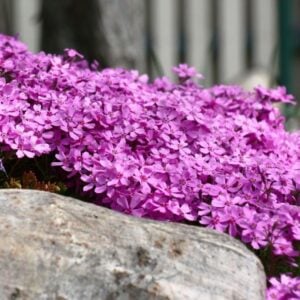 | Moss Phlox (Phlox subulata) |

Claire is a horticulturalist and landscape design consultant. Owner of Claire Jones Landscapes, LLC, Claire’s designed gardens have been featured in print publications like WSJ and Style Magazine. A garden writer at The Garden Diaries, Claire maintains 3 honeybee hives and gardens at her home in Maryland.

Here’s a native news recap looking back at some of the biggest native plant news stories of the...
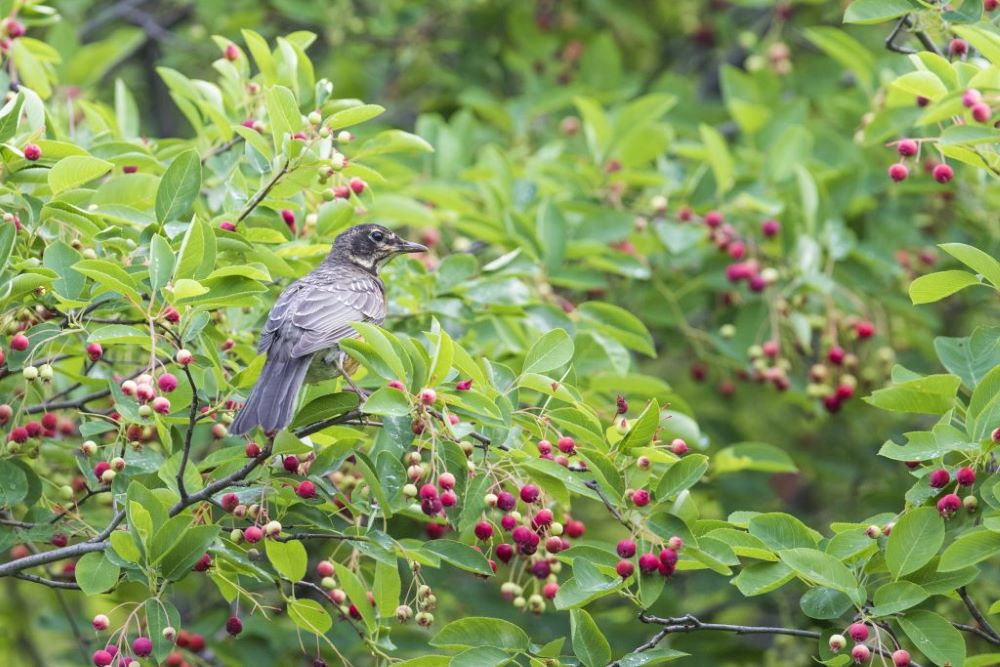
In the past we have emphasized the importance of keystone species in supporting bird populations,...

Perennials are the stars of most gardens, and no wonder! They provide a variety of shapes and col...
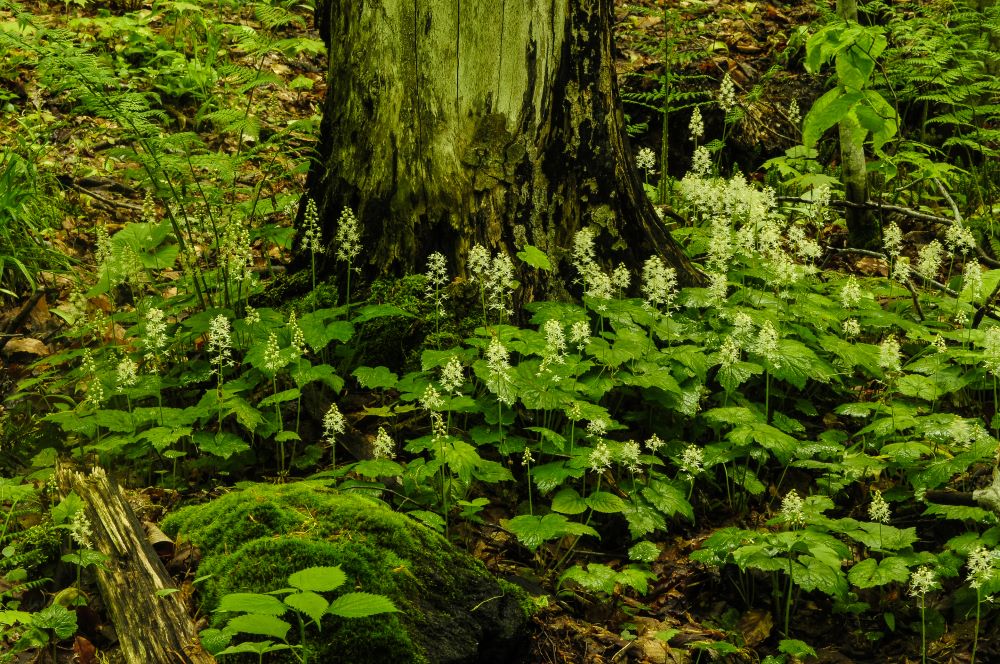
These native ground covers for shade make a perfect living mulch by holding in moisture, keeping ...
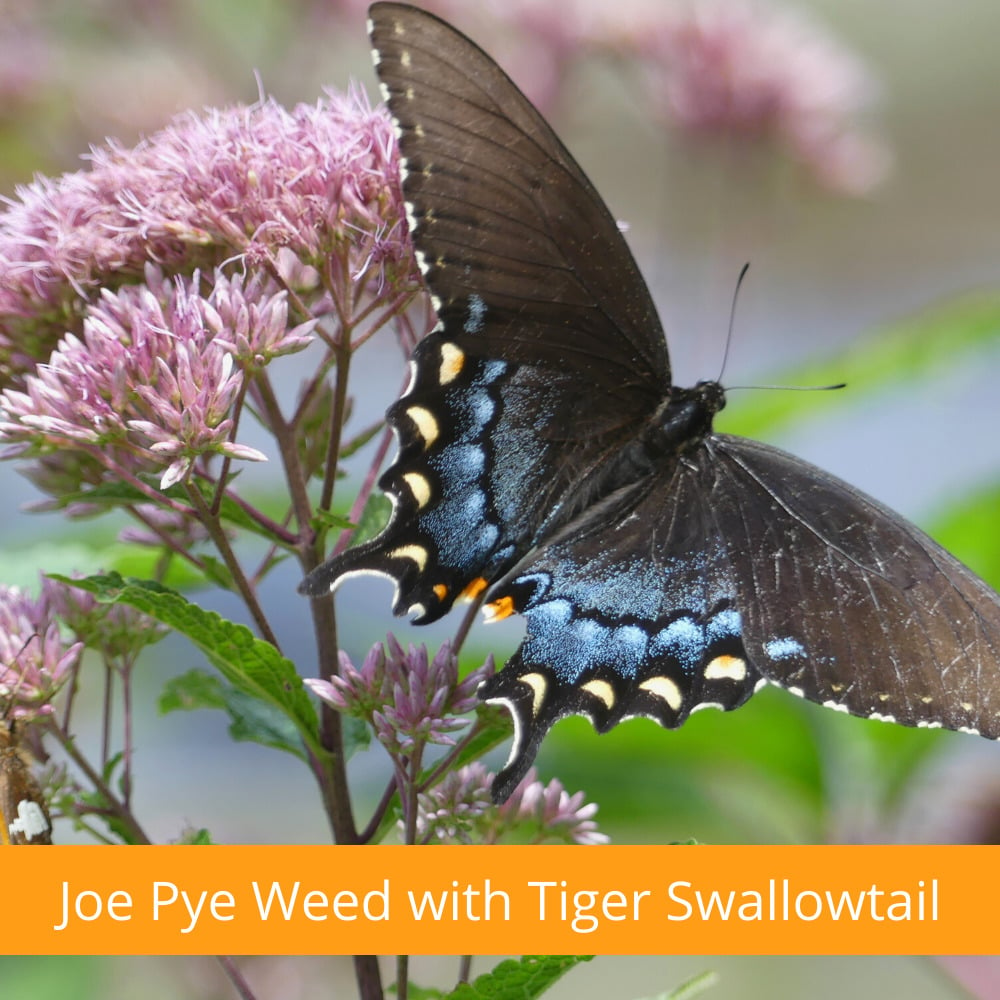
Gardening is ‘In’! Over the past two years gardening has suddenly become very popular with pe...
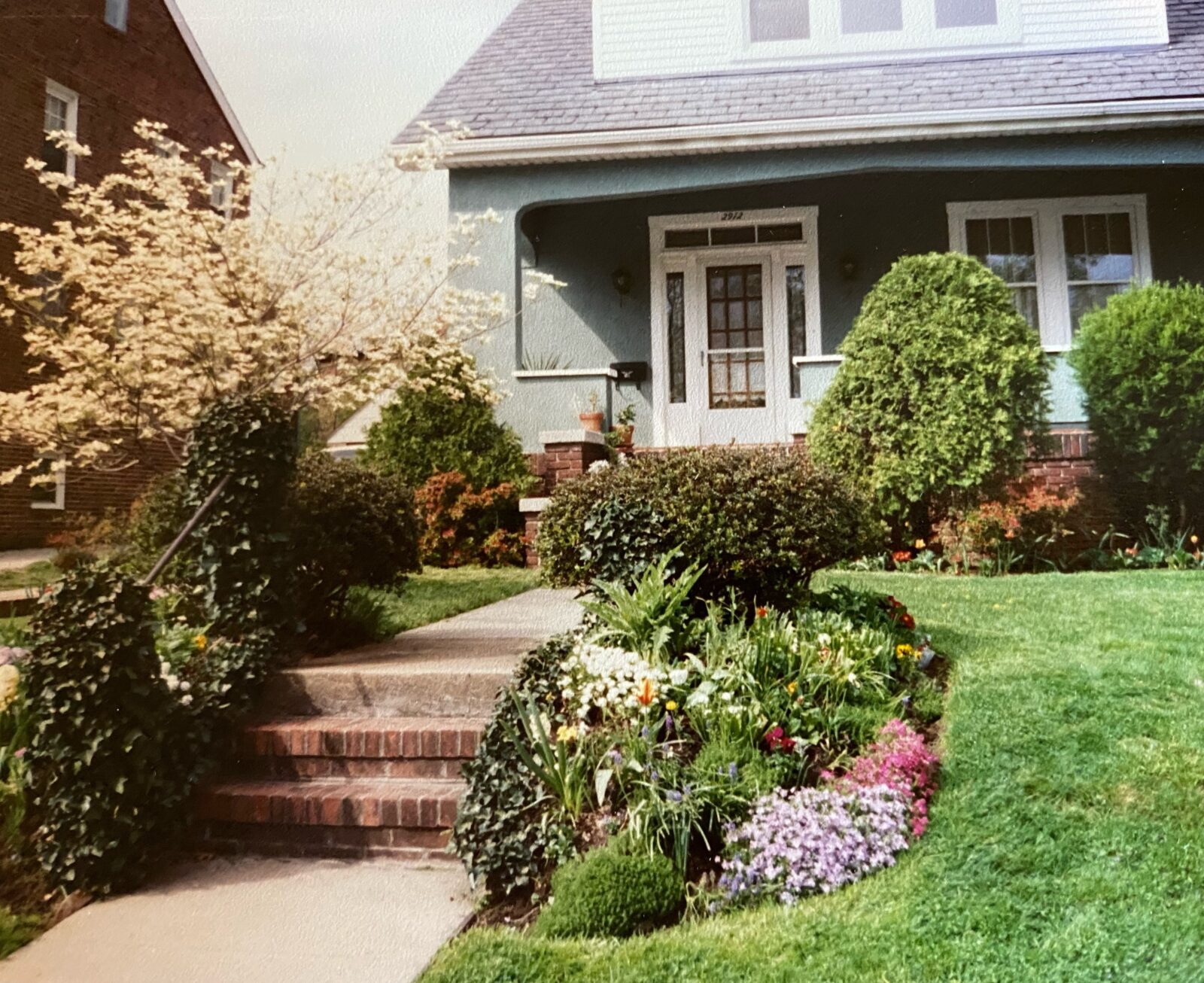
Mothers give us so much, but sometimes it takes a while for us to appreciate the gifts that we ca...
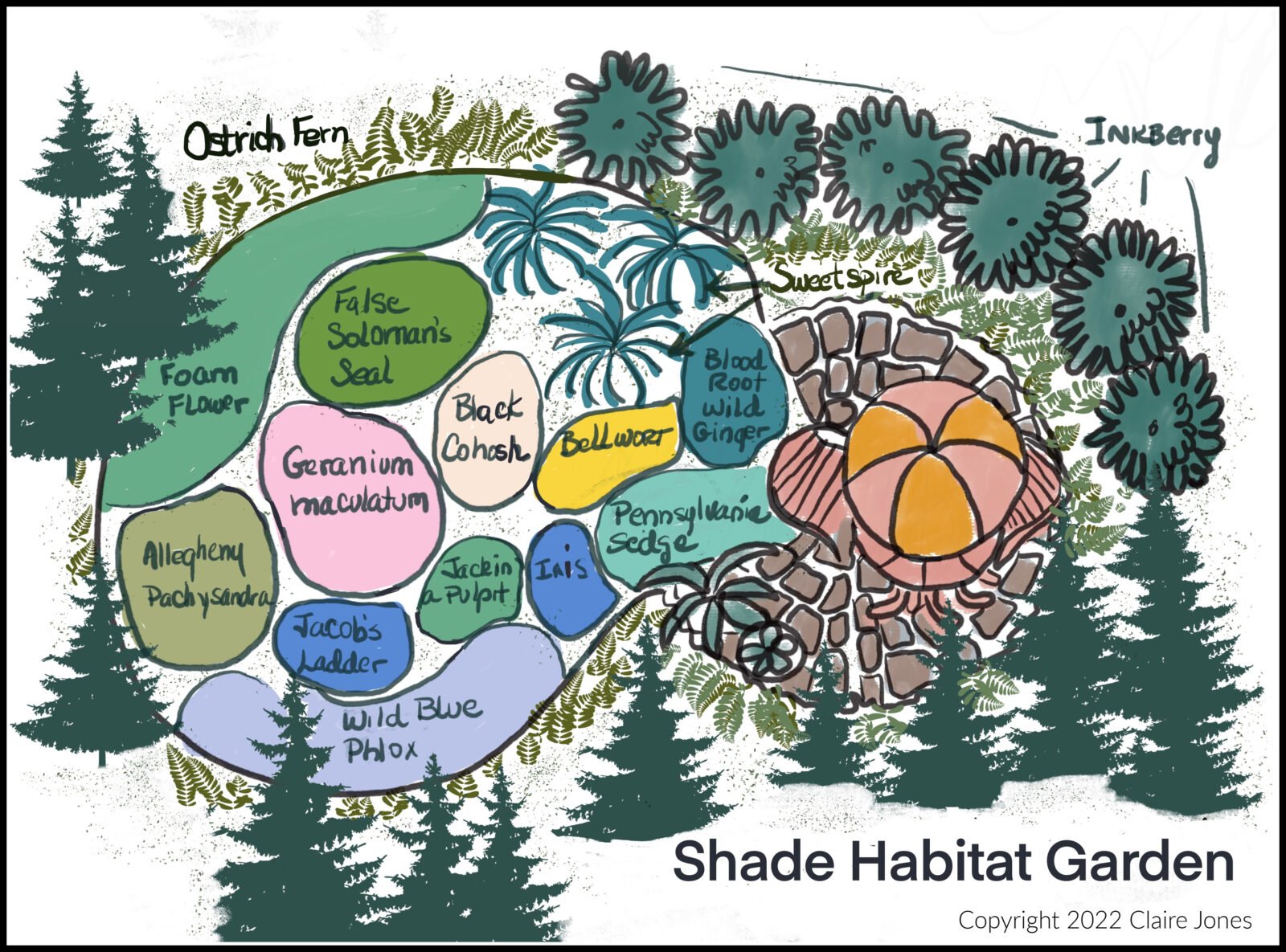
This is the second part of my Habitat Heroes Design series. The first part was a sunny garden of ...
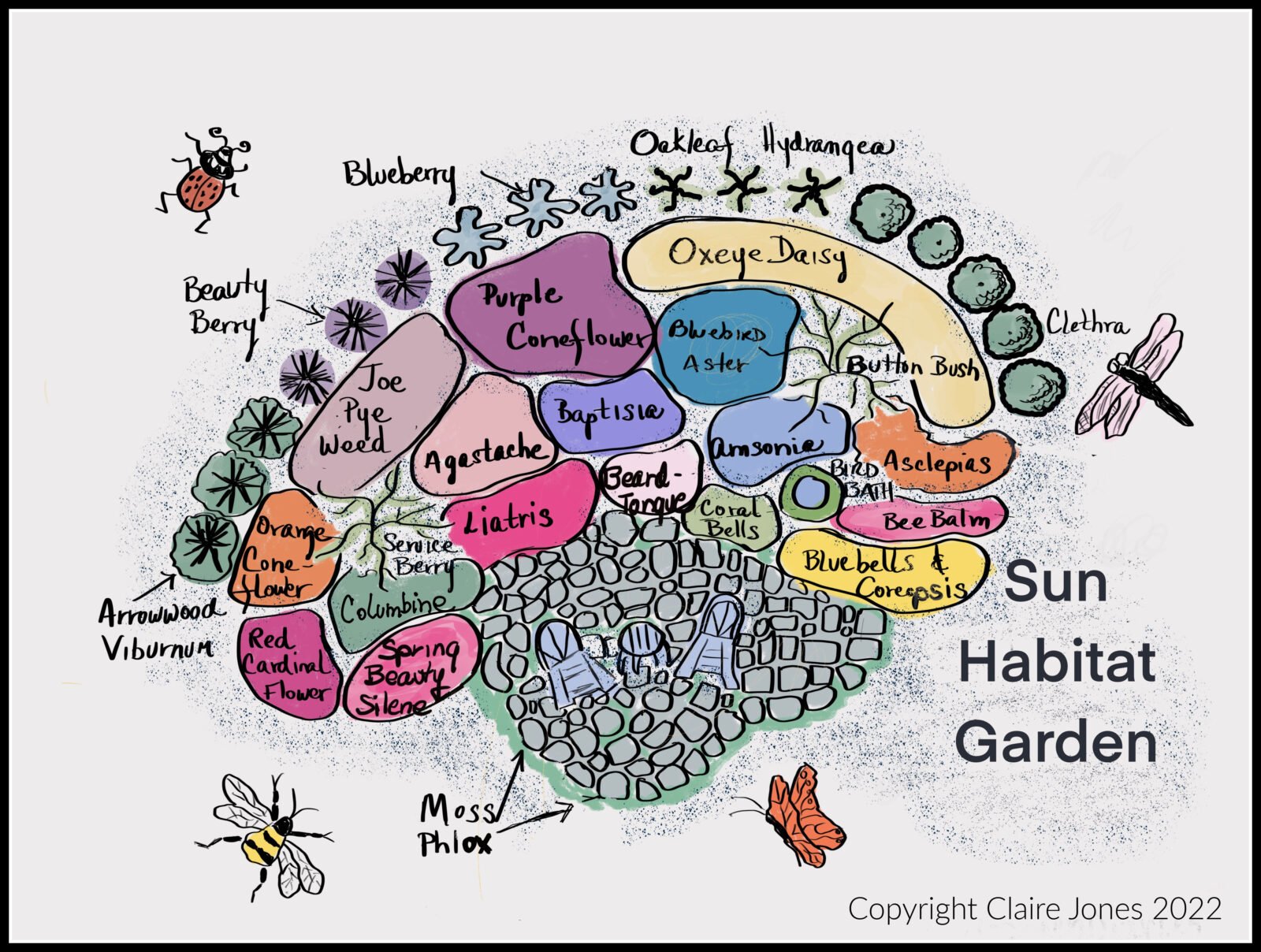
This blog post will cover how to design and install a Sunny “Habitat Hero Garden” with native...
Now Shipping for Spring 2024!